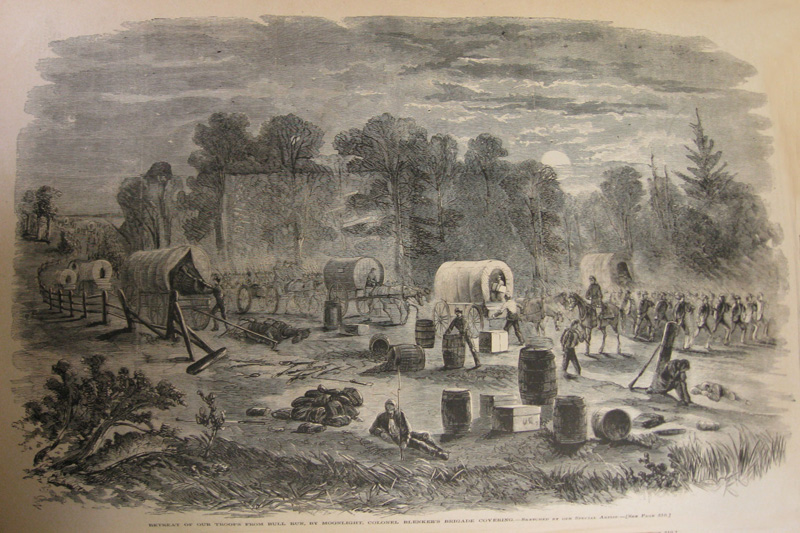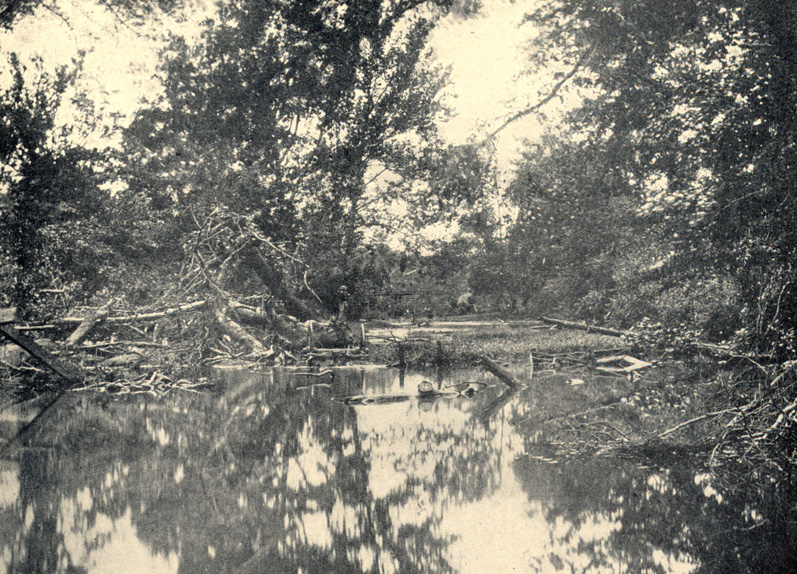By Janice Schulz
The first major land battle of the Civil War was fought near Manassas Junction, Virginia, on the banks of Bull Run Creek on July 21, 1861. It was intended by the advancing Federal army to demonstrate their strength and was expected to bring the war to a swift end. It did no such thing. As the conflict began, both sides had confidence in their own superiority over the enemy. Northern civilians went so far as to travel to Bull Run complete with picnic baskets and parasols to watch their glorious army beat the rebels back. Early on it appeared that the Union would come through victorious, but surprise reinforcements arriving for the Confederacy resulted in a Union retreat.
The outcome of Bull Run put the situation in dire perspective for both sides and reality set in quickly. Both armies were in grave need of training and reorganization. The North realized that Confederates were not simply a disorganized band of rebels and while the Confederate army came through with a victory, they woke to the fact that fighting the Union was going to be a lot more serious than they expected. On the Confederate side, almost two thousand men were killed, wounded, captured or missing. The Union lost close to three thousand. At the time, these numbers were staggering, but as we know, they represent just a small fraction of the country’s losses during this devastating war.

Drawing from Harper's Weekly: "Retreat of our troops from Bull Run, by moonlight. Colonel Blenker's brigade covering."
As we continue to commemorate this important anniversary of the Civil War, ARB has added items from our collections about the First Battle of Bull Run to the online exhibit The 150th Anniversary of the Start of the Civil War. From Photographic History of the Civil War, we offer photographs of some of the battle sites. Harper’s Weekly featured news and illustrations throughout the war in what were for many the first reports of battles and events that they would see. Our exhibit introduces some of these amazing illustrations. Also included are excerpts from our Rare Book Collection. The Archives & Rare Books Library will add to the exhibit throughout the anniversary years, highlighting important events of the war.

